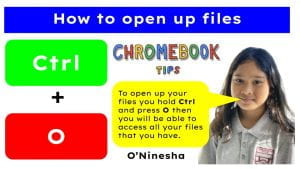LI: To figure out the area of a circle, rectangle, and triangle, and to use 3D and 2D shapes.
This week, LS2 have been exploring the area for a circle, triangle, and rectangle. We have been also learning about circumference and perimeter. There are different formulas for each shape throughout the Area.
Circle (A = 3.14r²)
Triangle (A = B x H ➗ 2) (A = BH ➗ 2)
Rectangle: (A = W x L)
These formula’s are important because it helps us figure out what our decimal numbers are.
There is another important step, when doing the formula of a circle and writing the answer, always end with the measurment language. Otherwise answer would be incorrect.
We also learnt about the 2D and 3D shapes. 2D shapes are flat and has two dimensions, 3D shapes have three dimensions (length, width, and height).
I found this activity interesting because we learnt a new formula and how we can use it throughout maths time.










